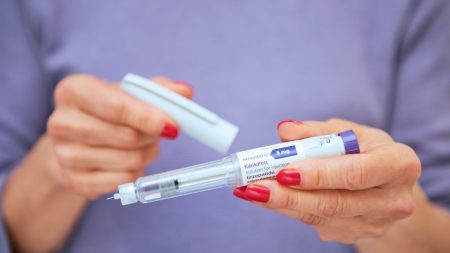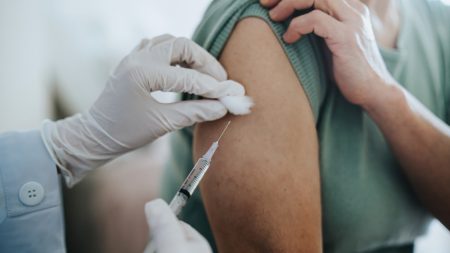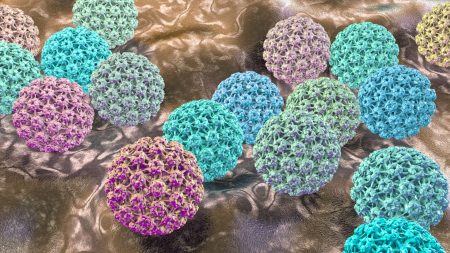Skin, our largest organ, serves as a protective barrier against the external world, reflecting both internal health and external influences. While minor skin changes like dry patches or occasional pimples are common and usually harmless, certain persistent or unusual changes can signal underlying health problems and warrant medical attention. Observing your skin and recognizing these potential red flags is crucial for early detection and treatment of various conditions.
Hives, characterized by raised, itchy welts, are often triggered by allergic reactions, physical stimuli, infections, or stress. While typically resolving within days with over-the-counter antihistamines, persistent or recurring hives without a clear cause, especially accompanied by breathing difficulties or facial swelling, require immediate medical attention as they may indicate a severe allergic reaction.
Moles, common skin growths, can sometimes evolve into melanoma, a dangerous form of skin cancer. Regular self-examination of moles, following the ABCDE rule (Asymmetry, Border irregularity, Color variation, Diameter larger than 6mm, and Evolution or change in size, shape, or elevation), is crucial. Any new mole or changes in existing ones, such as asymmetry, irregular borders, darkening, or uneven coloring, should be promptly evaluated by a doctor. Early detection is vital for effective melanoma treatment. Vitality Health Insurance data highlights the prevalence of skin cancer claims, exceeding those of any other cancer type. Worryingly, a significant proportion of skin cancer claims are from individuals under 30, emphasizing the importance of skin checks regardless of age.
Persistent sores or wounds that refuse to heal can also indicate skin cancer, particularly basal or squamous cell carcinoma. These cancers often present as small bumps or rough patches that may grow, ulcerate, or bleed. Any non-healing sore, especially one that bleeds or crusts, warrants immediate medical evaluation. Early detection and treatment are critical for managing these skin cancers and preventing their progression.
Red, itchy rashes can stem from various causes, including eczema, psoriasis, infections, allergies, or even an early form of skin cancer known as Bowen’s Disease. Discoid eczema, characterized by itchy, swollen, and cracked skin in circular patches, is a specific type of eczema that can cause significant discomfort. While most rashes are benign and treatable with topical medications or lifestyle changes, persistent or unexplained rashes, especially those accompanied by scaling or changes in texture, should be examined by a doctor. Bowen’s Disease, appearing as a red, scaly patch, can progress to a more serious form of skin cancer if left untreated, highlighting the importance of early diagnosis.
Dark streaks under the nails, medically termed longitudinal melanonychia, can be caused by injury, benign pigmentation, or, more seriously, subungual melanoma, a type of skin cancer affecting the nail bed. While common in individuals with darker skin tones, new or changing dark streaks, especially those extending onto the surrounding skin or accompanied by pain, swelling, or nail deformity, require prompt medical evaluation. A biopsy may be necessary to rule out melanoma.
Finally, pimples that persist for more than six to eight weeks and resist home treatments could signal an underlying infection. While deep pimples without a head can take several weeks to resolve, those that linger or worsen despite treatment should be evaluated by a dermatologist or GP. Nodules or cysts, particularly those causing scarring, require professional medical attention. Avoid picking at these blemishes, as it can exacerbate scarring. Salicylic acid and retinoids are helpful for treating pimples in their early stages.
In conclusion, while many skin changes are harmless, vigilance is key. Regular self-exams, awareness of potential warning signs, and prompt medical consultation for persistent or concerning changes are crucial for maintaining skin health and detecting potentially serious conditions like skin cancer early. Protecting your skin from excessive sun exposure by using sunscreen and limiting time in direct sunlight is also a vital preventive measure.











